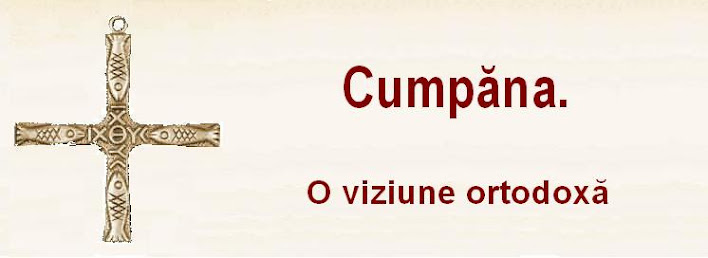Astăzi se împlinesc opt ani de la moartea lui Kurt
Vonnegut, Jr. Adică opt ani de când Vonnegut profită de nişte mijloace
superioare de călătorie în timp faţă de cele pe care obişnuia să le utilizeze când se apuca de scris. Superioare într-un fel care, de opt ani încoace, îl împiedică să ne
spună ceva despre asta. Trebuie să o vezi ca să o crezi.
Toată lumea călătoreşte în timp. Doar că unii o
fac pentru a fugi de timp. Pentru a scăpa de timp, de evenimente. Pentru a
scăpa de „teroarea istoriei”.
Dimpotrivă, Vonnegut te duce în inima ei. Romanele
lui reprezintă pogorâri la iadul făurit de oameni în drumul lor spre propriul
lor paradis, de la masacrarea armenilor la nimicirea Dresdei, de la nimicirea
lucrurilor cu sens la nimicirea sensului lucrurilor.
Iată un fragment din romanul Bluebeard (prima ediţie apărută la Delacorte Press, 1987; publicat
în româneşte de Cartea Românească în 1991 în traducerea lui Virgiliu Ştefănescu
Drăgăneşti):
„It was a postwar miracle that
did me in. I had better explain to my young readers, if any, that the Second
World War had many of the promised characteristics of Armageddon, a final war
between good and evil, so that nothing would do but that it be followed by
miracles. Instant coffee was one. DDT was another. It was going to kill all the
bugs, and almost did. Nuclear energy was going to make electricity so cheap
that it might not even be metered. It would also make another war unthinkable.
Talk about loaves and fishes! Antibiotics would defeat all diseases. Lazarus
would never die: How was that for a scheme to make the Son of God obsolete?
Yes, and there
were miraculous breakfast foods and would soon be helicopters for every family.
There were miraculous new fibers which could be washed in cold water and need
no ironing afterwards! Talk about a war well worth fighting!
During that war
we had a word for extreme man-made disorder which was fubar, an acronym for
"fucked up beyond all recognition." Well -- the whole planet is now
fubar with postwar miracles, but, back in the early 1960s, I was one of the
first persons to be totally wrecked by one -- an acrylic wall-paint whose
colors, according to advertisements of the day, would «. . . outlive the smile
on the Mona Lisa. »
The name of the
paint was Sateen Dura-Luxe. Mona Lisa is still smiling. And your local paint
dealer, if he has been in the business any length of time, will laugh in your
face if you ask for Sateen Dura-Luxe.”
(Kurt
Vonnegut, Bluebeard: A Novel, Dial
Press Trade Paperback, 1998, p. 21.)
